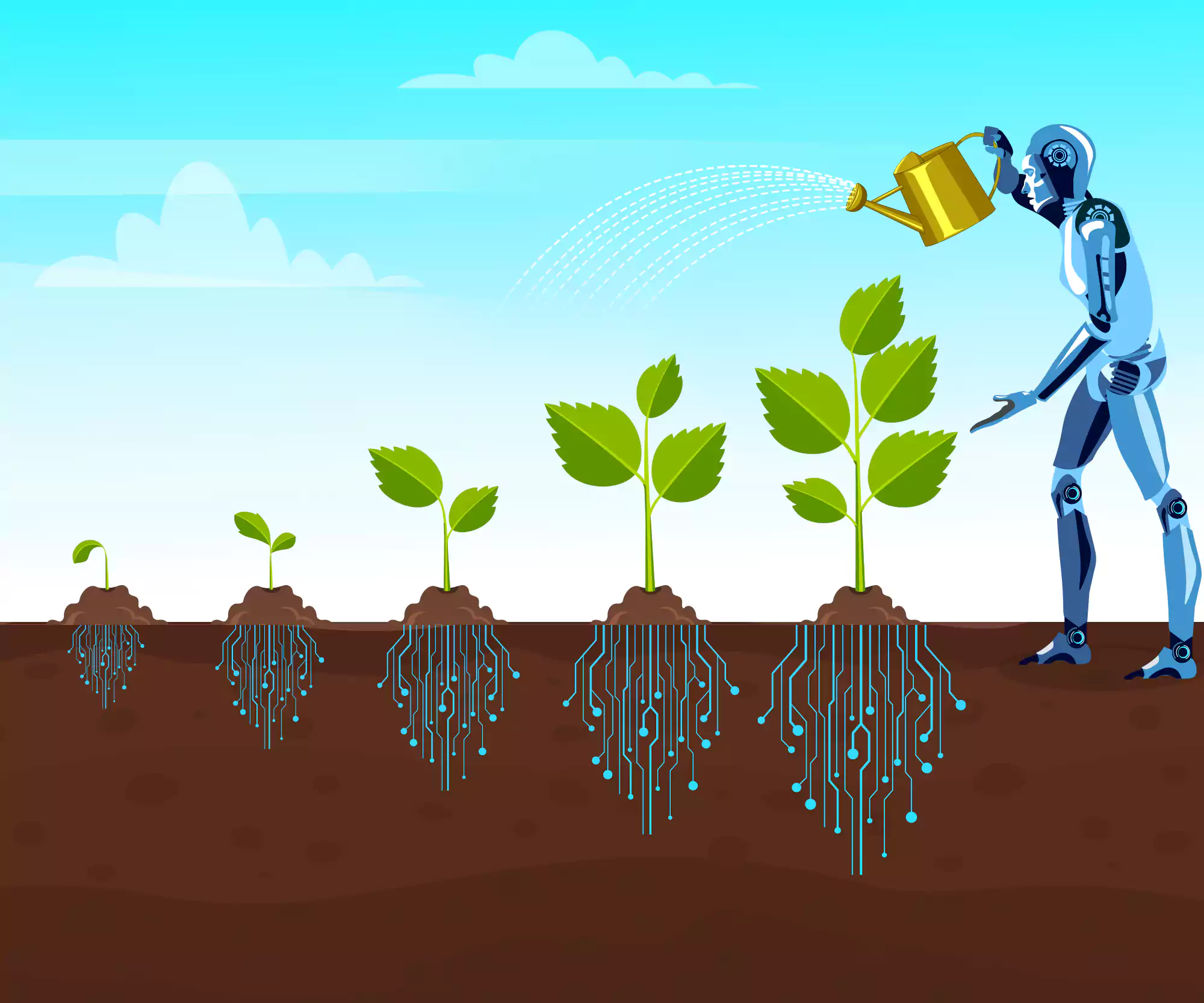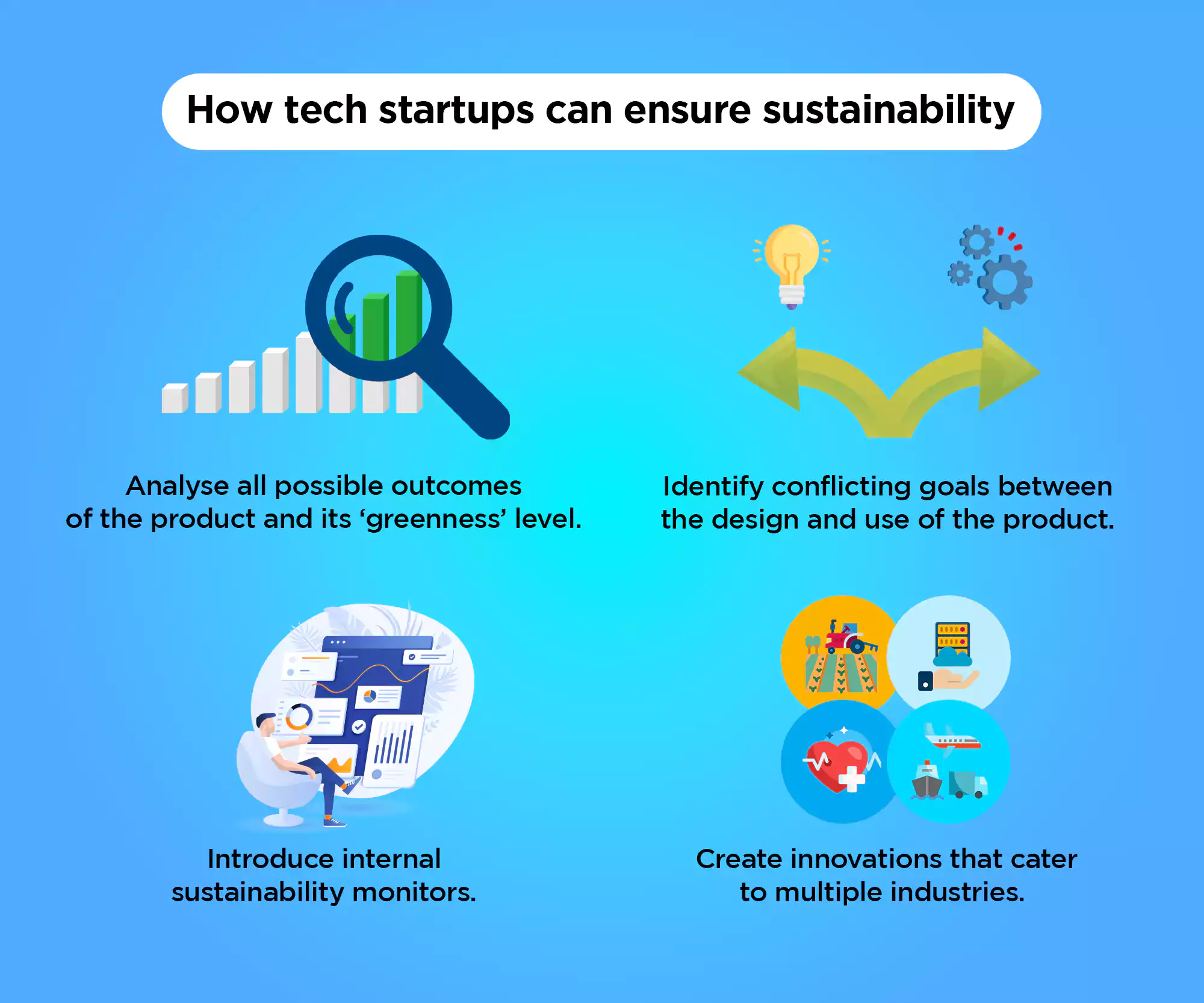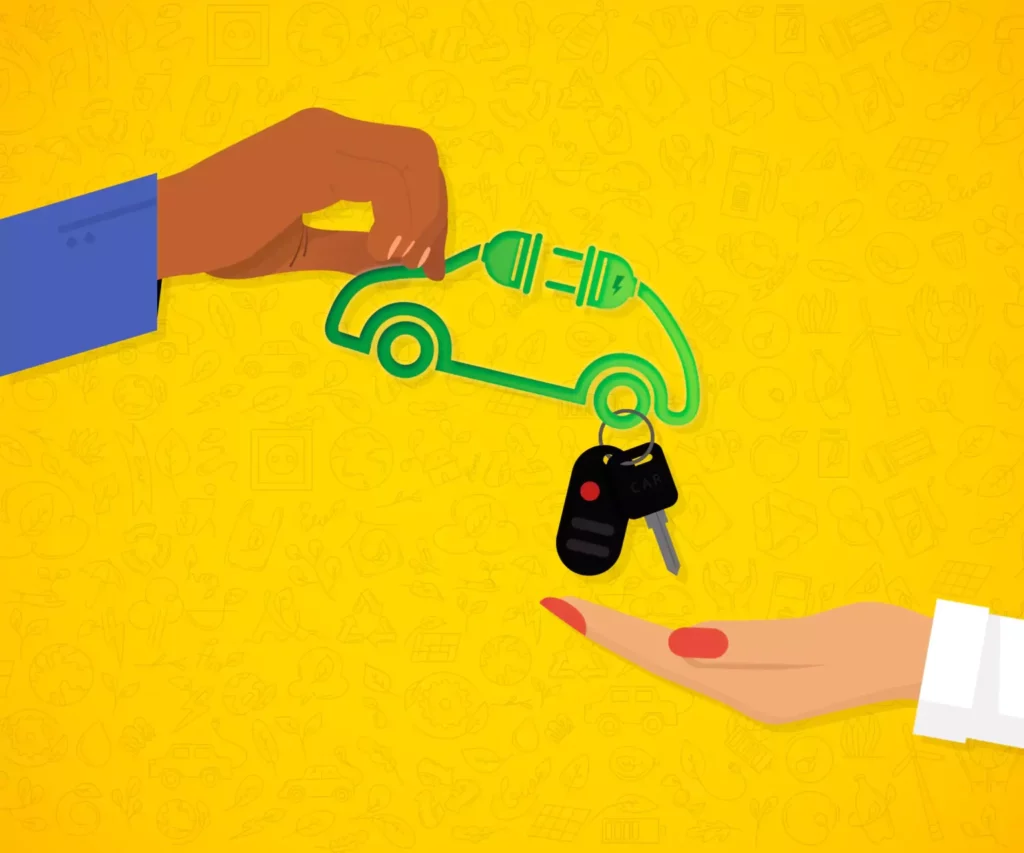
Any viable decision results from finding a middle ground between brainstorming and critiquing. Great ideas can gush forth in a torrent but cannot become a practical reality unless they withstand tests. This realisation is getting more relevant now when technology is at full tilt. Every innovation needs to prove its sustainability quotient to find a place for itself in the industry. When we neglect this balance and technology advances recklessly, the planet will head towards a sorry predicament. If that sounds like an exaggeration to you, allow us to present our case as we place today’s sustainable technology under the lens and examine just where it stands on the ecological scale.
Let’s start simple. In today’s consumption economy, the use of plastics has increased substantially, which we know is detrimental to sea life. Fortunately, new forms of pollution-control technology lend a hand in combating this. For example, apps use geolocation sensors that direct plastic users to nearby recycling sites. AI-powered solutions are also emerging, helping sort through waste by identifying recyclables from the rest. Some apps also gamify the process with credits for the user, making sustainability an exciting prospect rather than a chore. These are only a few examples, but you’ve caught the drift: sustainable technology is helping us reclaim our planet, one tool at a time.
That said, are we aware that without moderation, this same technology can cause more harm than good?
Let’s look at some areas where technology has offered solutions but also poses threats if not used responsibly.
Sustainable technology for agriculture
The use of technology to enhance crop production and simplify farm management has revolutionised agriculture. That’s what we call smart farming. Technology plays a crucial role in this type of farming, whether it is weather forecasting or using software analytics to track costs, production yields, and profits.
Agri-tech startups in the Indian market have accordingly picked up steam. It started with identifying the pain point. Farming is a sector that contributes 20% of the country’s GDP, employing around 50% of the population. However, challenges like obsolete equipment, infrastructural defects, and lack of market access are real problems for small farmers. To tackle this pain point, Indian entrepreneurs initiated a green-tech revolution. And now, India is home to more than 450 agri-startups. Aibono is one such example of an AI-powered platform that introduced a creatively disrupting idea called ‘farm-to-plate.’ It uses predictive analysis, precision farming, and in-time harvests to cater to the needs of farmers, retailers, and consumers.
But there are downsides to this rapid injunction of technology in farming practices. The more automated things become, the more the fear of machinery replacing human labour rises. Additionally, small-scale farmers, who constitute the majority in India, are unable to compete with farmers who can afford large machinery. Genetically modified food production has also been a matter of concern for many. Certain crops grow in certain seasons, and forceful production through additives is good for business but not consumer health.
So, where does that leave us? At a cautious juncture. We can neither abandon nor embrace all agricultural technology at face value. Instead, a balanced approach that integrates the right sustainable technology in farming is the need of the hour.

Is cloud seeding a sustainable technology?
The frequency and volume of rainfall determine society’s potential robustness or collapse.
In the past, people believed in all sorts of practices to make it rain. For example, the Apache tribe of the Indigenous American community passed down their rain-based lore. An Apache warrior was believed to have shot an arrow skywards, which contained the prayers of his people for rain. A sculpture at the Smithsonian Museum depicts this moment. Now, we have evolved and are better equipped. We don’t shoot arrows anymore; we shoot silver iodide.
Cloud seeding is a process that involves spreading chemicals like dry ice (solid carbon dioxide) or silver iodide in the clouds with the help of planes and drones. It forces the clouds to precipitate, forming ice drops which then defrost and become water droplets as they fall. Interestingly, this process uses clouds that are potentially ready for rain. So it generally remains unclear whether it rained because of seeding or natural causes.
Water-scarce countries like Australia and the UAE have claimed success with cloud seeding. UAE was one of the first countries in the Gulf region to use this technology, with a total investment in rainmaking projects of nearly $15 million. It has also inspired Saudi Arabia and Iran to join them. Meteorologists claim that the planes sent up into the rain-bearing clouds to disperse the salt flares do not leave too much of a carbon footprint. But what happens when more countries with arid regions and agricultural needs also opt to seed their clouds? Other applications of cloud seeding are becoming evident, such as fighting forest fires and clearing the fog in airports. Nature is complex, and tinkering with it will surely have consequences.
Experts believe that cloud seeding could lead to silver toxicity and other environmental concerns if done on a large scale. In addition, it might disturb the earth’s natural moisture balance. Increased exposure to this chemical can also lead to injuries in humans and other mammals.
Countries in the Middle East are ready to invest in technology that could create rain in water-poor regions. But cloud seeding is expensive, and many variables are attached to its success. In fact, scientists have only reported a 10% to 30% increase in annual rainfall by cloud seeding. The World Meteorological Organisation questions this science, labelling cloud seeding a technology of ’empty promises’. Although researchers haven’t found any significant concern in the process yet, there’s no harm in bracing ourselves for impact.
What will be the impact? Well, that depends on how desperate we are for water.
Where does this balancing act take us?
The takeaway is this: technology is neither a high-handed saviour nor a force of destruction.
Environmental problems are looming over our heads, be it in the form of pollution, destruction of coral reefs, deforestation, or wildfires. The rapid development of technology in the past few years has granted us a fighting chance while weakening our connection with nature. But there has been no other exciting period of history than now to work on the sustainable use of technology. From modern agricultural practices to electric cars, we are looking for ways to improve the ecological quotient of our planet. Why not do so while keeping a realistic outlook? Instead of an overly hyped techno-optimism which turns to technology for all solutions, an awareness of what can go wrong is more important. And that can only come through realising one’s responsibility towards human life and the planet.



